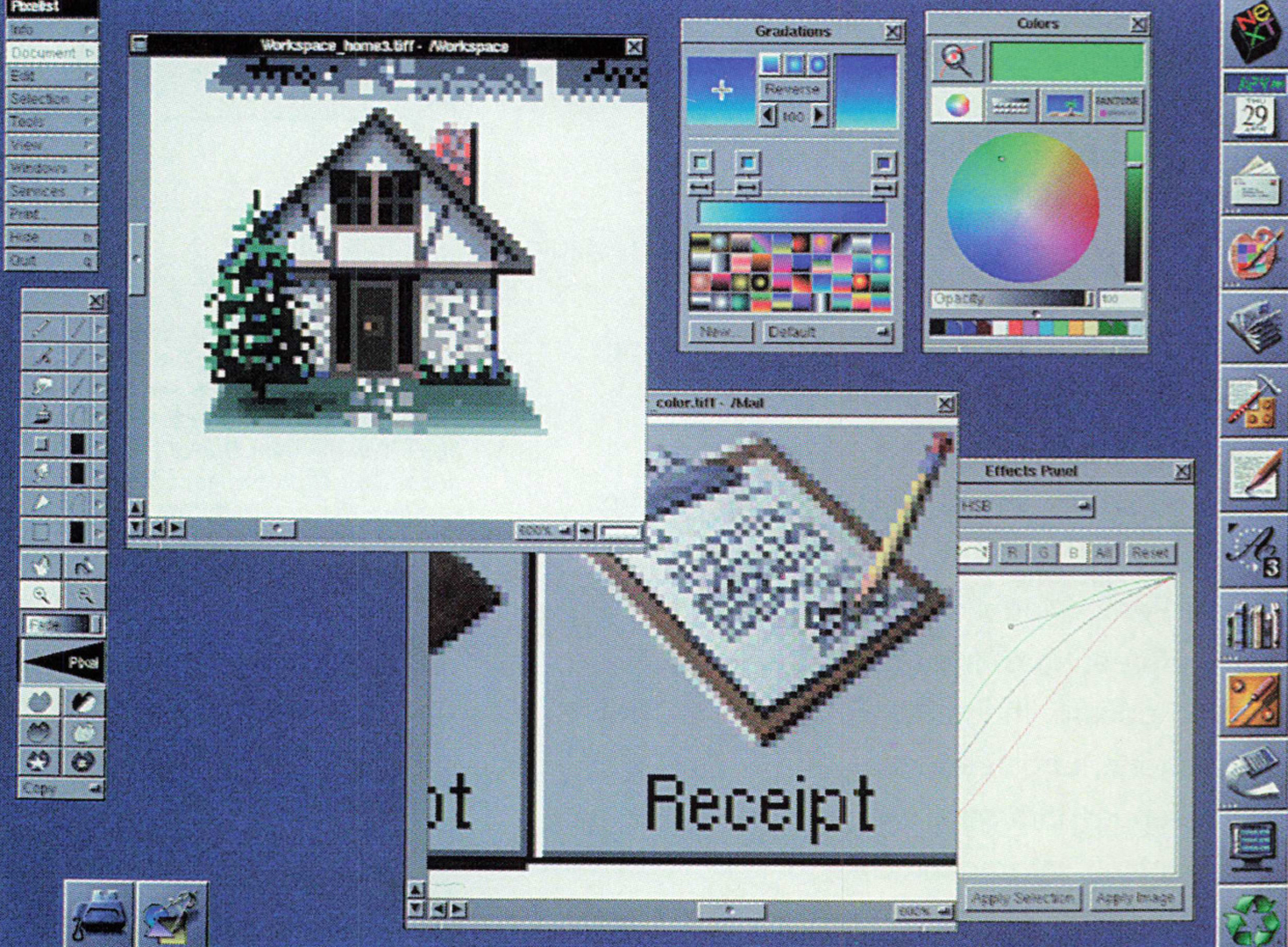“Evolution of the NeXTstep Interface Design” by Ohlfs
Conference:
- SIGGRAPH 1993
-
More from SIGGRAPH 1993:


Type(s):
Entry Number: 09
Title:
- Evolution of the NeXTstep Interface Design
Program Title:
- Designing Technology
Presenter(s):
Project Affiliation:
- Imageworks
Description:
NeXTstep, NeXT’s state-of-the-art interface, is acclaimed within industry for its ease of use, object- oriented architecture, and graphic design. How was NeXT able to create an object-oriented user interface in a few years that is now the target of every major operating system supplier? Taligent, Solaris, Microsoft, and other less-known companies are hurriedly claiming they will have the operating system of the future, in one to three years. The big three are throwing hundreds of engineers and designers at the problem in hopes that mass quantities of people will result in a quicker product. If NeXT had taken that approach, NeXTstep would have never seen the light of day. The NeXTstep development team included only a handful of programmers, one graphic designer, and one micro-managing, visionary CEO.
NeXTstep has evolved over the last five years to be a very complete, objected-oriented operating system and user interface. Its graphical evolution can be traced by the development of the objects that make up the core of the interface. This presentation outlines the evolution of the
graphical user interface, from the very basic building blocks of the system, such as views and windows, to the more elaborate objects that evolved from them, including the color panel, font panel, file viewer, and Dock. Through interacting with the NeXTstep “family tree” of objects, one can find out the processes that took place to result in any of the aspects of the user interface.
For instance, if one wished to see the evolution of a widget, one could click on the widget to find out where it came from, what objects it inherits, what it looks like, and what decisions influenced that look. One could also find out what was its function, how a marriage was achieved between form and function, how the designer worked with the programmer, and what complications resulted (if any). Other information includes what ideas were perhaps discarded, how the widget was tested, what were the results, what is the future of the widget, and what other widgets did it influence in its development.
All of the objects in NeXTstep have a history that will be presented through mock-ups of early designs, animations, sounds, and textual descriptions. This evolution will be presented in an interactive environment on a NeXTstep-based computer system. The user can explore any aspect of the interface by clicking the mouse. Seldom has the development of an entire user interface been chronicled in such a way. Theories of evolution and survival of the fittest apply just as well to computer interfaces. They have evolved very rapidly over the past ten years and will continue to do so. By studying how they have evolved we can better prepare ourselves for the designs and interactions of the future.




